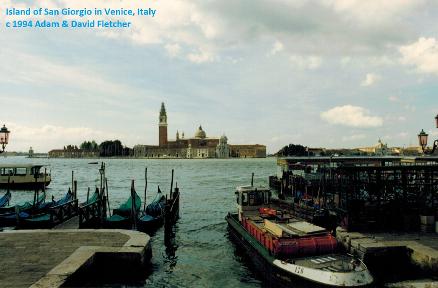Symbols of faith, like the Memorial Cross at the University of the South in Sewanee, Tennessee (above) and the All-Seing Eye in the Stained Glass at the Fort Knox, Kentucky Chapel (right), highlight emotive and existential aspects of religious faith. The physical object, or symbol, and its concrete or material nature hold deeper, hidden meanings about the unseen realm and spiritual realities, but these meanings may be apparent only to those who adhere to the beliefs. Historical discourse, that works mainly by empirical methods and understandings, may have difficulty in elucidating such religious phenomena except by way of cataloging and describing them.
In Beech Grove, Tennessee, the Cumberland Presbyterian Church (above right) gives a good Protestant example of the classic Christian concept of faith in community from birth to death with its close proximity of sanctuary and cemetery. Immanuel Evangelical Lutheran Church at the Stuhr Museum in Grand Island, Nebraska and the ruins of Whitby Abbey in North Yorkshire, England (below left and right) convey the vertical aspect of sacred space that is common in Christian sanctuaries.





